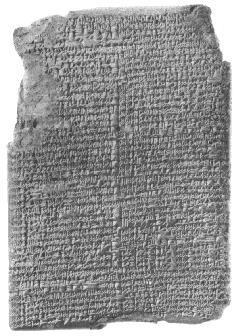|
Go to H & P - II |
|
|
MUL.APIN 9 MUL.APIN |
|
MUL.APIN |
|
Other writers besides Papke
on the MUL.APIN cuneiform tablets Hunger & Pingree, Some of their writings are
available and can be clicked below: |
|
HOW OLD IS
THE |
|
Hunger and Pingree themselves
note that it was but then, based on
Papke's observations The writings by B.L.
van der Waarden are : |
|
Although the arguments of
Hunger and Pingree are understandable, Even Hunger and Pingree
themselves admit that "two" sets Moreover, one of
their arguments - that cuneiform texts in More important is
Papke's account that Kallisthenes, Such an exact date is
already quite remarkable, Papke argues that the
cuneiform tablets go back to a SYSTEM As Hunger and Pingree
correctly note: "the composition of some |
|
Papke handles these matters
masterfully in his book, Moreover, as Papke
cogently argues, since KAK.SI.SA was a |
|
Although
Hunger & Pingree concur with Papke's recognition
that |
|
Hunger and Pingree
thus incorrectly criticize van Waarden's If Papke correctly has
identified KAK.SI.SA as originally being I refer here
again to the Papyrus of
Ebers by which the As noted in Column II
lines 42 and 43 of MUL.APIN, the rising |
|
Since 9 viz. 10 days of
calendar reform equal about 9 viz. 10 degrees |
|
Hunger and Pingree also
challenge Papke's observation The initial
observations could stem from Babylon in 2340 BC This would explain the
problem that some of the texts It might appear from
the one-month shift that 29 viz. 30 x 72 |
|
In this manner, We have to do here with the calibration of
data |
LexiLine
Knowledge

Learning
Research
|
For great star collectibles from the Franklin Mint click: |
|
|
.
Lexi ![]() Line
Line
.
Lexi ![]() Line
Line

























